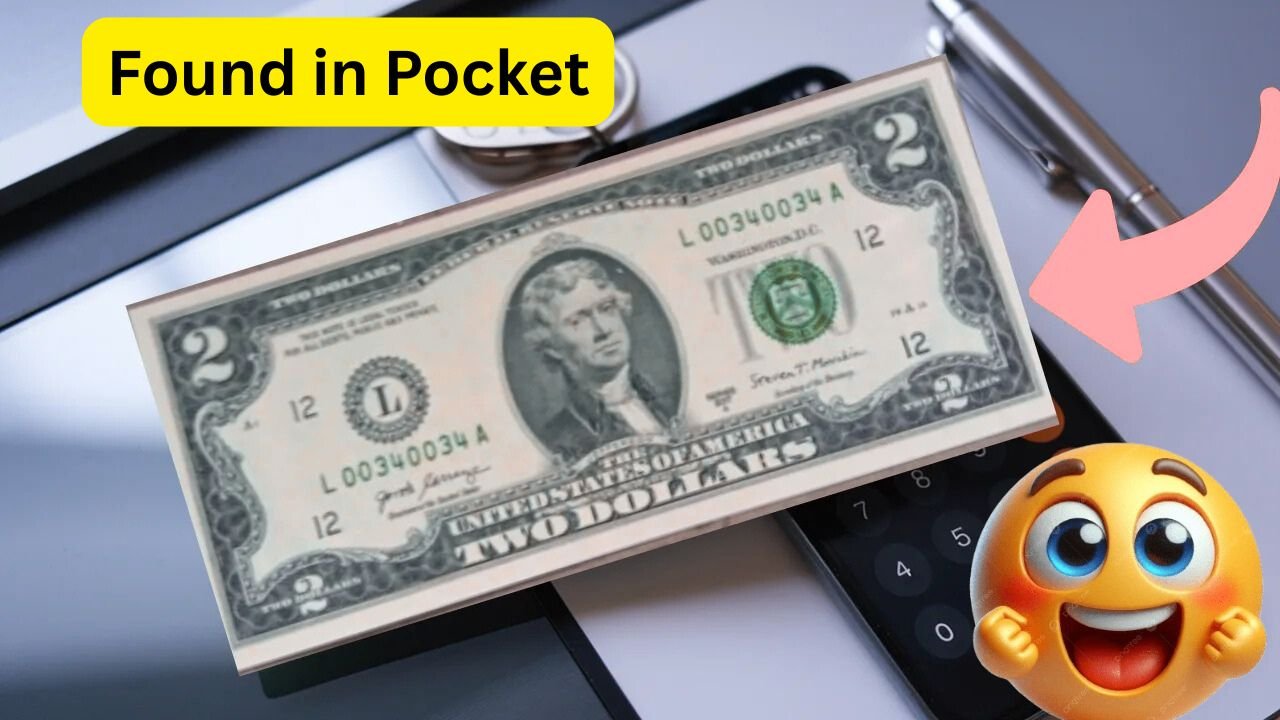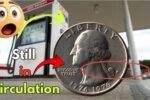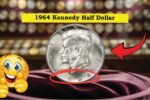2017A $2 Bill With Repeater Serial Number: Imagine pulling out some change from your pocket and spotting something unusual — not a gold coin or an antique, but a regular-looking $2 bill. That’s exactly what happened in a remarkable story involving a 2017A $2 bill that turned out to be far from ordinary. At first glance, it looked like any other bill you might get as change at a small shop, but closer inspection revealed something extraordinary: a repeater serial number. That tiny detail skyrocketed its value from two dollars to an incredible $34,500.
The Uniqueness of the 2017A $2 Bill
The 2017A $2 bill is not rare by itself. Millions of them are printed and circulate across the United States. What makes this particular note different is its serial number — a special arrangement of digits that collectors call a “repeater.” A repeater serial number has a sequence of numbers that repeats exactly in the same order, like 34993499. This symmetrical pattern is rare in currency printing and is highly sought after by collectors who value novelty and uniqueness.
Why Serial Numbers Matter in Currency Collecting
For most people, the number printed on their bills means nothing. For currency enthusiasts, however, that number is the difference between ordinary and valuable. Special serial numbers, such as repeaters, radars, solids, or ladders, can transform a low-value bill into a prized collectible. These patterns are not intentionally made for collectors; they occur randomly during the printing process, which makes them even more desirable. The rarer the pattern, the higher the value.
How This Bill Reached Such a High Price
When a 2017A $2 bill with a repeater serial number is found in excellent condition, its value can soar. The bill in this story was not just any repeater — it was crisp, uncirculated, and perfectly preserved. Collectors will pay a premium for notes without folds, tears, or stains. Because of its perfect state and rare number, auction experts estimated its value at $34,500. That’s over 17,000 times its printed worth.
The Role of Condition and Rarity in Value
Two main factors influence collectible currency prices: rarity and condition. Rarity refers to how uncommon a particular bill is in the world, and condition describes how well it has been preserved. Even a rare bill can lose much of its potential value if it’s worn out or damaged. This $2 bill ticked both boxes — it was scarce due to its repeater number and flawless thanks to careful storage.
Table: Comparing Values of Special Serial Numbers
| Serial Number Type | Example | Typical Value Range |
|---|---|---|
| Regular Number | 52834719 | $2 (face value) |
| Repeater | 34993499 | $500 – $35,000 |
| Radar | 12344321 | $50 – $5,000 |
| Solid | 77777777 | $1,000 – $45,000 |
| Ladder | 12345678 | $5,000 – $50,000 |
The $2 Bill’s Place in American Culture
The $2 bill itself is often seen as a curiosity. Many people think it’s no longer printed, but in fact, it still is — just in smaller quantities. Because it’s less commonly used, receiving one in change often feels special. Some people save them for good luck or as conversation starters. This rarity in everyday circulation makes $2 bills an exciting base for collectible finds.
How to Check Your Own Bills for Value
If you have a few $2 bills tucked away, it’s worth taking a close look at their serial numbers. Patterns such as repeaters, radars, or low serial numbers can make them more valuable than their face value. Condition matters too — crisp, uncirculated notes are worth much more than worn ones. You might not find a $34,500 bill, but you could still be holding a note worth hundreds or even thousands.
The Excitement of Collecting Currency
Currency collecting is more than just a hobby; it’s a blend of history, mathematics, and treasure hunting. Each bill tells a story about printing processes, circulation, and chance discoveries. Stories like the 2017A $2 bill with a repeater serial number remind us that valuable finds can be hiding in plain sight — sometimes right in your pocket.
FAQs
Q: What is a repeater serial number on a bill?
A repeater serial number is a sequence of digits that repeats exactly, such as 45234523.
Q: How rare are repeater $2 bills?
They are extremely rare because the pattern occurs randomly and the total number printed is small.
Q: Does age make a bill more valuable?
Not necessarily. Age can add value, but rarity and condition often matter more.
Q: Can I spend a $2 bill if I find one?
Yes, $2 bills are legal tender, but some are worth far more to collectors than their face value.




